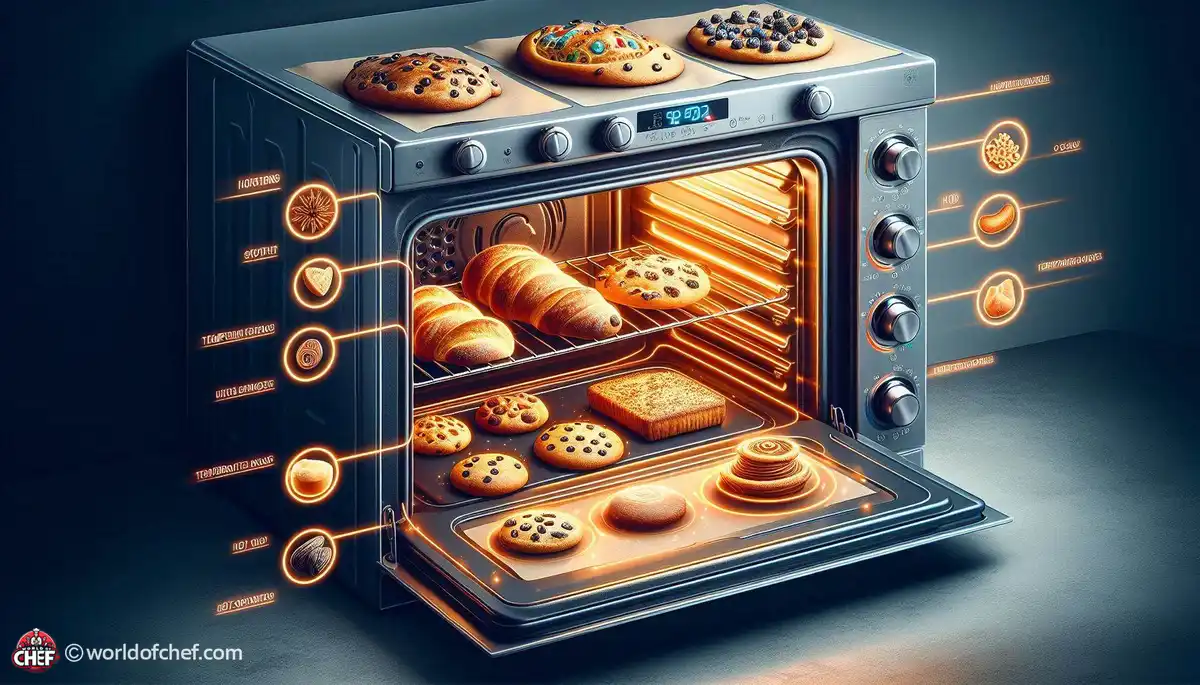
Understanding Oven Hot Spots and How to Bake Around Them
Russell Comeaux - Mar 30, 2025 - 13 min read

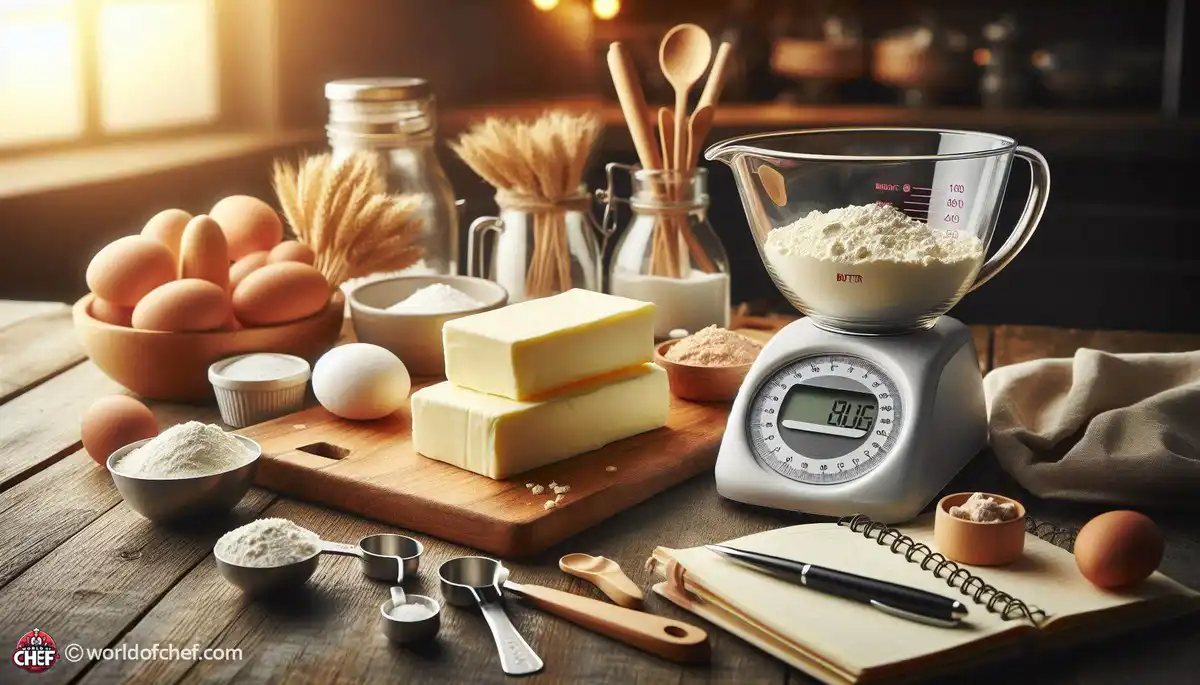
The outcome can range from a light flaky cake to a solid brick with only one ingredient: the butter. Butter is key in most recipes, especially in baking. Measuring butter is a science of its own and measuring it right can either make or break a cake. Below, we are going to discuss all ways that you can measure your butter so that your future baking projects are always nothing less than perfect.
Not all butter are created equal when baking. There are three different types of butter: unsalted butter, salted butter, and clarified butter. Unsalted butter is the most popular, mainly because it gives control over the salt content used in your recipes. Salted butter is best to be spread or cooked because the taste may alter a dish if not used precisely. Clarified butter has removed milk solids; the use of it is strictly in a particular recipe, and it especially comes in useful in some sauces or pastry. Therefore, knowing such differences would help you select which of them to be used on your baking.
The butter quality can do a world of difference when it comes to your baked product. This is because better butter comes with a much higher amount of fat. It thus will have the richer taste as compared to the lesser butter. Thereby means that the resulting baked good will have its texture as well as a better taste. The range of brands is limitless; some are costly, but the difference in flavor and consistency makes it worthwhile to opt for them. When baking-in particular during special occasions-use fresh, high fat butter to make your bake creations more spectacular. Care in this aspect is therefore very important because it means the difference between an averagely good recipe, and one that will take your breath away.
Butter temperature plays an important role in how a butter will behave in most recipes. Room temperature butter, or 65°F, is the best to cream with sugar because the mixture will air better. Cold butter is used for pastry doughs since flakiness happens when it is cold. Knowing when to use what temperature won't just save you time in baking but add to the texture and to the rise of your baked products. A simple error in temperature can lead to an unsatisfactory result, therefore a detail not to be neglected.
Butter storage also means to its freshness and flavor. Store butter in the refrigerator to avoid it from going bad. If it is not to be used immediately, freezing is also possible. Butter frozen for several months can be grated or cut straight into doughs when needed. Besides this, also ensure that it is tightly wrapped so that it may not absorb the odour of other foods. And a little care in keeping it in storage will also ensure that your butter can always be ready to support your baking.
Using appropriate measurement tools when measuring butter does make all the difference. A good set of measuring spoons and measuring cups is essential, and most importantly, they save so much time and do so precisely. For stick butter, most packages come with the handy measurements printed right on the wrapper, and then it is quite simple to cut the desired amount from the stick. But it is also a really cool tool if you measure ingredients using a kitchen scale - especially in recipes in which accuracy is important.
This water displacement method makes a complete difference for individuals who may not have any measuring cups. All it requires one to do is fill water in a liquid measuring cup and add pats of butter until the volume of the water has attained the exact measurement. Helpful for huge amounts, getting the appropriate amount without the hassle attached to traditional measurement is the beauty of the method-it's an absolute genius form of measuring the ingredients with respect to more significant baked batches.
Accuracy is crucial in baking. Unlike cooking, where an infinitesimal difference from the recipe will not matter much, precision is needed in baking. Too much or too little butter will cause drastic variations in texture and taste. This is especially true when using specific ratios, as in cakes and cookies, and slight deviations can really make a difference in your baked goods' rise and crumb structure. Take your time and measure carefully, for this effort will pay off in the end.
Sometimes, a recipe will call for measurements that are different from one system to another, such as metric to imperial. You can save time and get the right amount of ingredient by knowing how to convert these measurements. For instance, one stick of butter is equivalent to ½ cup or 113 grams. Knowing these conversions can make it easier to use international recipes or those recipes that use different measuring systems. A conversion chart handy in your kitchen can simplify your baking process.
Once you become serious about your baking, a kitchen scale will prove to be gold. It is much better to weigh butter than cup or stick measurements, depending on the complexity of recipes. A scale is read by placing a bowl, zeroing it out on the scale, and putting in butter until you measure out the weight you wanted. This way, inaccuracies are avoided due to how the butter was pressed into the measuring cup and melting. This technique is often used by many professional bakers to deliver results, so you could adapt it for your use in baking.
Measuring softened butter is also important as in recipes where softened butter is required. Softened butter should be soft to touch and cool but not melted. You can use a knife to scoop it in the amount you desire, then pack it to fit in a measuring cup. Smooth with a straight edge to flatten out. If the butter you're using is too firm, you can cut the butter into smaller pieces that will soften faster, or set it in a warm space for a little while. You want to stay away from the microwave; they will melt the butter instead of softening it evenly.
The enemy of pastries: cold butter. Layering in pies and flaky pastries is much assisted by it. Break this cold butter into a good fine powder using your knife; then measure just how much you have taken of this butter in the cup. The tiny fragments dissolve in the flour pretty quickly to produce this very coveted texture. Remember, the chiller your butter is before using, the flakier your pastry will become. Therefore, chill yours until ready to use in your pastry.
Using stick butter does make measuring rather easier, too. Its typical quantity is ½ cup in each stick; usually measurements are printed across the wrapping, making one only have to cut straight along these marks to reach the quantity needed. There is great care in using stick butter as some recipes call for melted or soft butter, and in many cases, it can also be easier to measure it with convenience and straight directness since it is always the number one favorite amongst home bakers.
Basic Mistakes in Butter Measuring Overpacking of a Measuring Cup. This often results in adding a recipe into butter beyond what is called for, and one does sometimes end up really altering the final product. Scoop the butter gently and level it off without pressing down too hard, especially if using a liquid measuring cup. Knowing this can save you from blunders when baking.
Some recipes require melted butter. This should be measured appropriately. Some house bakers melt butter and then measure it using a measuring cup. In most cases, there could be variations in this measurement. It is more accurate to measure the solid butter first and then melt it. This will enable you to know how much you will need for your recipe. The melted butter varies in different consistencies based on how long it has been heated and this will determine the overall result of your baked goods.
The other wrong thing that bakers usually do is the type of butter used. For example, unsalted butter is often used in baking because control over salt content can then be achieved. If a recipe calls out for unsalted butter then salted butter will result in an imbalanced composition of flavors and textures, so it's a practice to check what type of butter is needed in any recipe. Your baked good will thank you for sure.
Many bakers never pay attention to the recipe notes that give them guidelines on how to measure butter. Butter is at times melted, softened, or chilled, and without observing these instructions, some unpleasant results are brought out. Read the whole recipe before starting and pay particular attention to specific instructions concerning butter. That way, your baking will go on perfectly, and your final products will turn out as you intend them to.
Infused butters are melted butter infused with herbs, spices, and citrus zest, which add distinct flavors to recipes, providing complexity and depth. The aroma of rosemary adds savoury scones with a delicious taste; citrus zest can be used with a pound cake. When you experiment with new flavorings, even everyday baked goods can be something that's really unique and quite surprising.
Butter has its various uses; no matter what baked goods would be used, whether in cookies, cakes, or pastries. Every sort of baked good needs butter because of its specific purposes but also gives moisture and richness to it. Butter does make the cookies chewy, and the cakes make them tender, while a flaky texture is assigned to the pastries. Knowing how butter works in recipes will make you more discerning in baking so that you won't miss out on the taste and texture you want.
But it is not only good for baking. It also helps make non-baked treats even better. Take no-bake desserts like cheesecakes; butter can be a great base for rich frostings and ganaches. Butter's richness helps to level out the flavors and takes a simple treat to the level of something decadent. Do not be afraid to add butter to your no-bake creations. It will make a world of difference in taste and texture.
Use butter as the finisher to take your baked goods to the next level. Liquid butter melted over freshly baked breads or muffins puts a shiny finish and enhances flavor. Butter in frostings or glazes can enhance that richer mouthfeel for users of your baked goods. A small amount of butter makes quite a difference to the entire presentation and taste of the baked goods you make; it therefore stands to reason to include butter towards the tail end of your baking.
Softened butter can cause some problems while baking. Cookies tend to spread excessively and cakes end up to be too soggy. But, if you get yourself in this position, you may chill the butter in the fridge for 15 minutes to harden it, or use a small amount of flour to even out your dough or batter. For that reason, knowing how to correct this situation really saves your baking project.
Just to the point of combined with the Creaming Butter and sugar is very important because excess mixing will lead to sticky textures in baked goods. If you end up over-mixing the mixture a bit more flour can work for you to achieve the desired consistency. It won't correct everything, but at least you could ease the problem. So do not let it go too long in mixing to avoid errors.
When the baked goods happen to turn greasy, then it may be indicative of too much butter and perhaps poor measuring. Then make sure you are accurate with what you do and keep following the recipe well. If the recipe can then try to reduce a little bit the amount of butter next time you bake them. Another trick is trying to increase the flour ratio in order to soak up that excess fat. Knowing your causes is the best method for troubleshooting.
Butter acts differently in highly humid or high-altitude situations. In some areas that are high altitude, the baked goods rise too quickly because of the lower pressure in the air, and thus collapse. You may want to adjust your butter amount a little or your baking time and temperature. If in a highly humid climate, butter absorbs moisture and that affects the texture of your dough. Adjustments depending on your environment may give you better baking results.
In summary, measuring butter in your bakery is a simple, crucial process. With proper utensils, techniques, and information, you'll guarantee perfect butter measurement in baking every time. No more crumbly cookies or over-baked cakes for that matter. Every good baked cookie, cake, and pastry is created because the butter was accurately measured. Using the above tips will place you definitely on the sure course of baking with success well known while knowing you will do delectable desserts that people can't help but fancy.

Russell Comeaux - Mar 30, 2025 - 13 min read
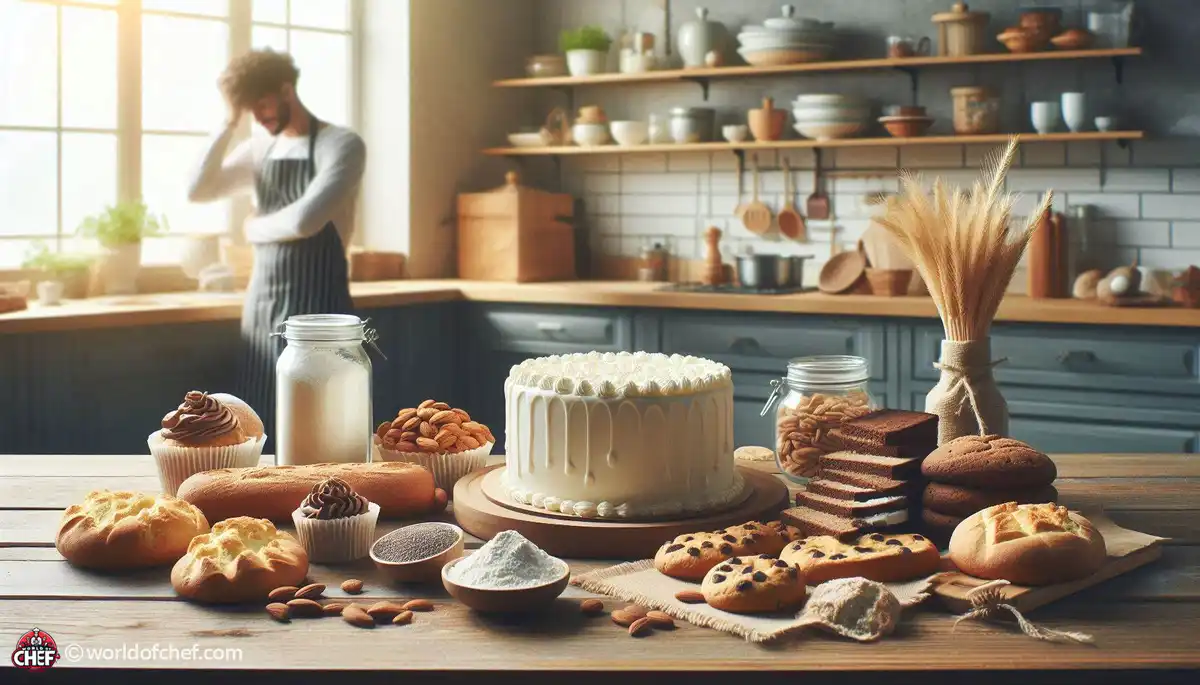
Alexis Larose - Mar 25, 2025 - 15 min read
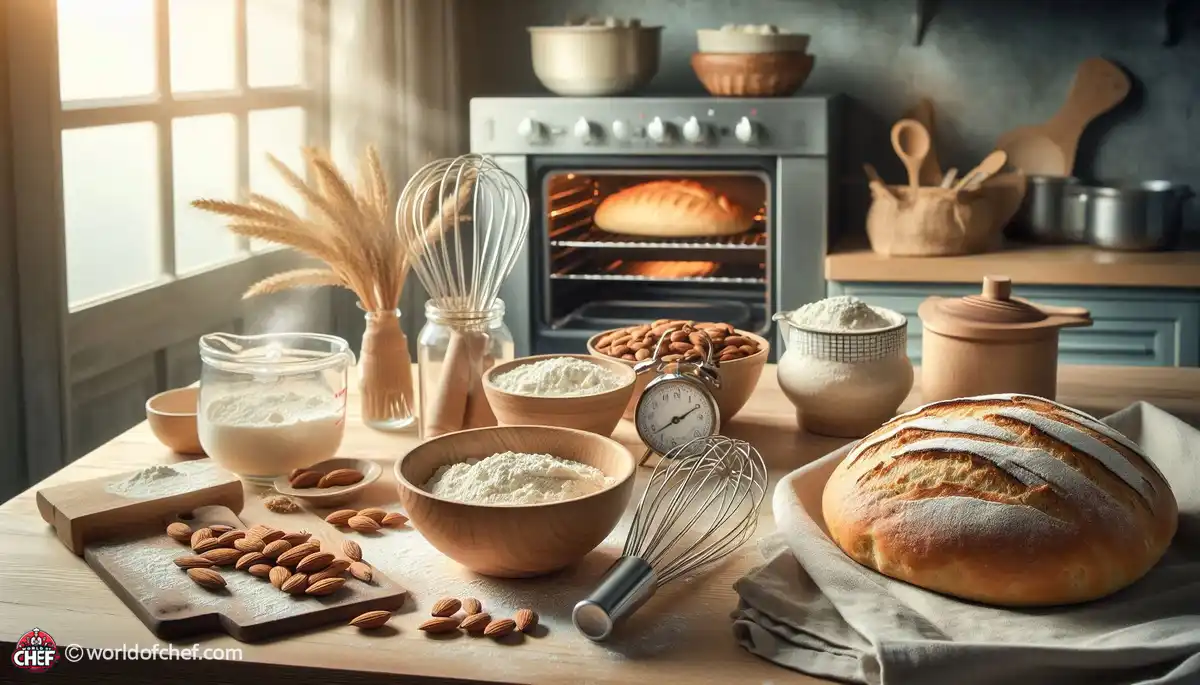
Hailey Morrill - Mar 21, 2025 - 18 min read
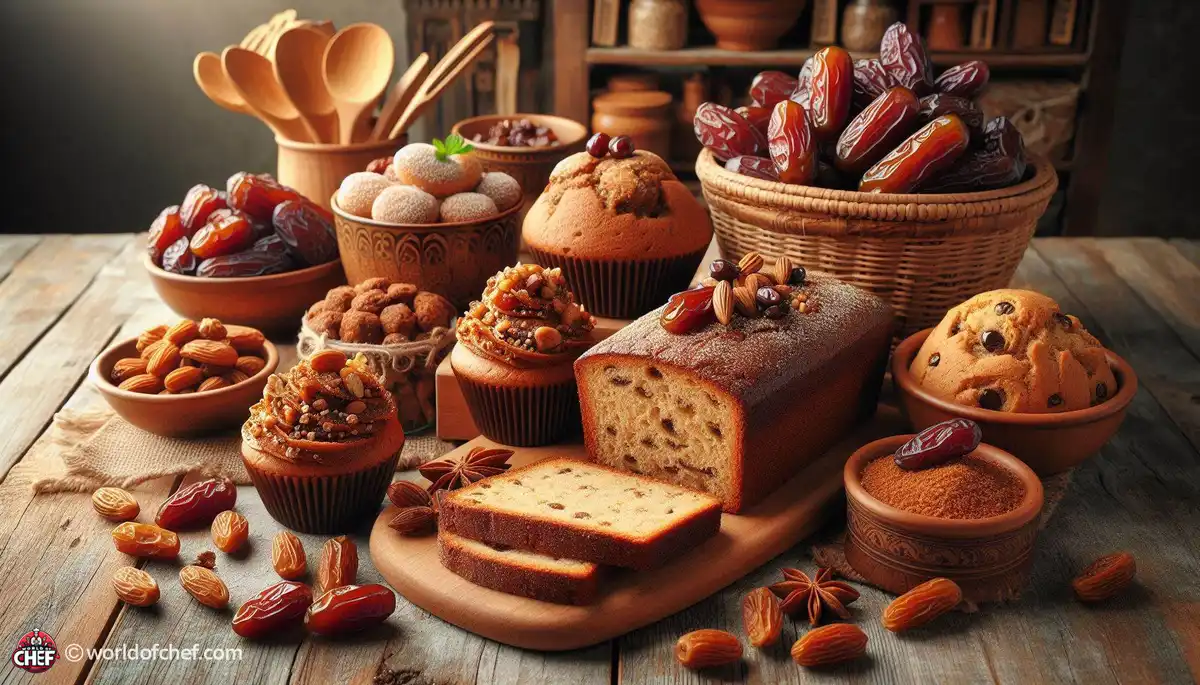
Bobby McKelvey - Mar 18, 2025 - 12 min read